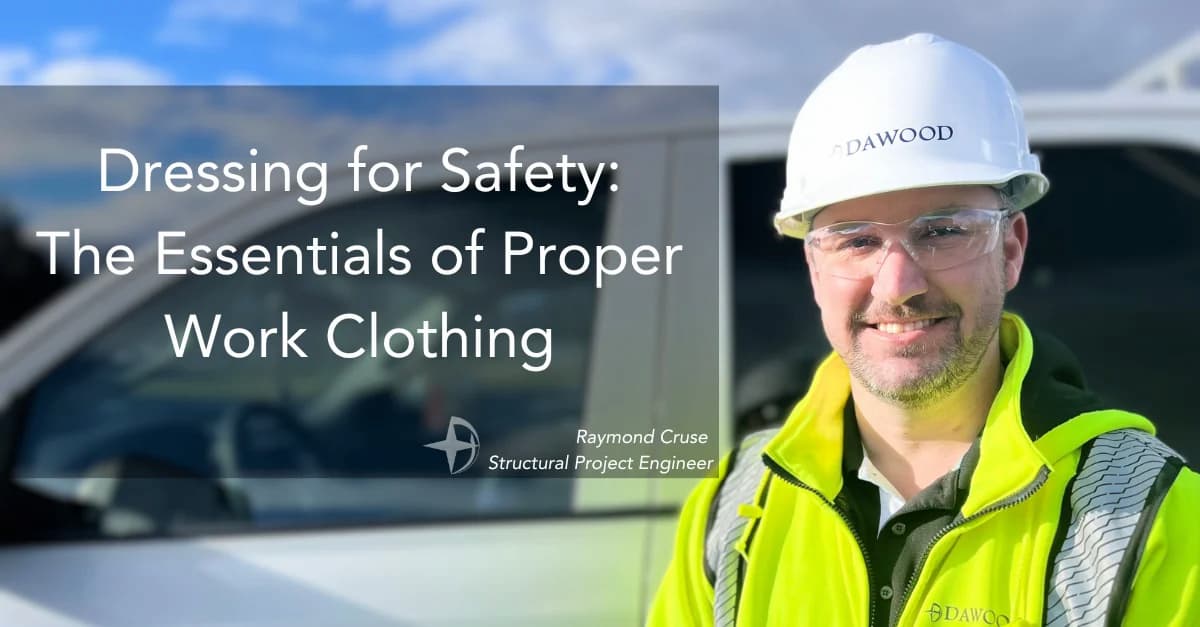In the world of workplace safety, the right clothing can make all the difference. In this blog, we’ll ensure you’re safely geared up for the job at hand.
Wear the Right Clothing
Choosing the correct attire is the first line of defense against workplace injuries. Here are some key considerations:
- Task-Appropriate Clothing. Wear clothes suitable for the task you’re performing. Loose, flowing fabrics can pose a danger in a work environment with machinery and equipment.
- Weather and Work Conditions. Clothing choices should factor in the weather and work conditions. In hot climates, opt for breathable, lighter layers. In colder regions, layer up with thicker and warmer garments.
- Safety Vest. If your job requires a safety vest, ensure it’s clean, in good condition, and the right size for you. Keep it zipped up to avoid any unexpected snags on objects around you.
Additional Protective Gear
Safety isn’t just about clothing—it also includes Personal Protective Equipment (PPE). Ensure you’re wearing all the necessary PPE properly fitted for your use, including hard hats, safety glasses, and hearing protection.
Adapt To The Climate
The weather can be unpredictable, and so can your work conditions. It’s a good idea to have extra clothing on hand for environmental changes, or if you become wet during the day. Long-sleeve shirts offer added protection in areas with heavy vegetation or potential poison ivy, oak, or sumac. Long sleeves also shield you from wildlife like ticks and prevent sunburn on scorching summer days.
Footwear Matters
Improper footwear can result in slips, trips, and falls. Ensure your shoes have a non-slip sole, especially if you work in environments with slippery surfaces. When purchasing footwear, consider the job it will be worn for, wear the appropriate socks, and evaluate different safety features such as steel reinforcement, puncture resistance, insulation, and electrical shock protection if required. Don’t forget to inspect your footwear periodically, replace shoelaces as needed, and replace worn-out footwear promptly.
What Not to Wear
Avoid clothing choices that can lead to accidents or discomfort. Loose-fitting or untucked shirts, unzipped safety vests, and dangling items like long hair or jewelry all pose risks. Pants that are too long may become trip hazards, and any strings hanging from hoodies and outerwear should be removed.

